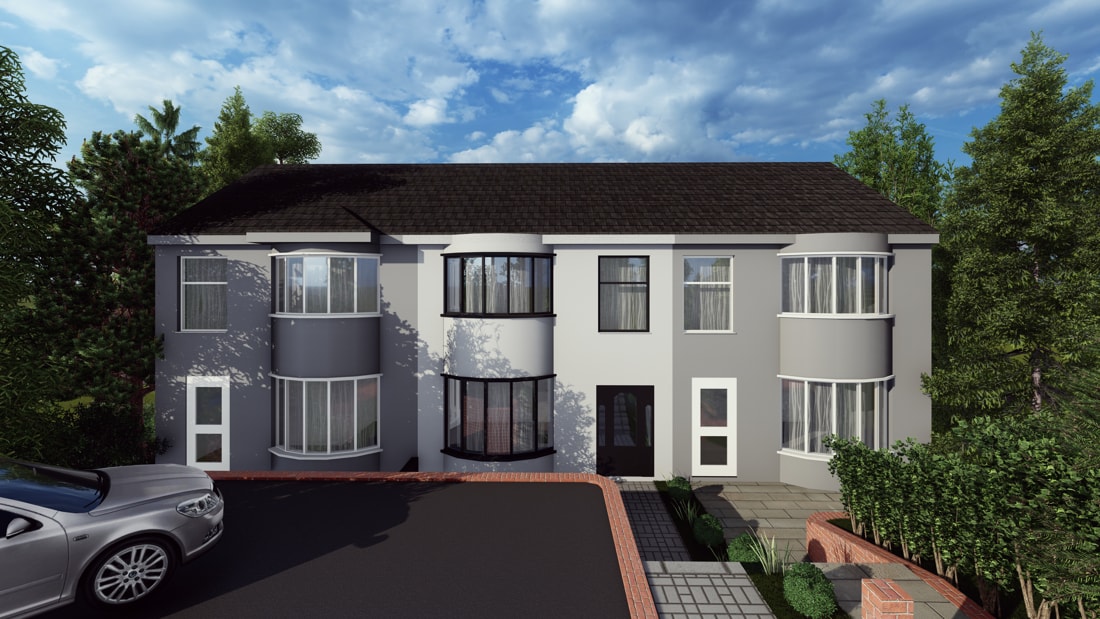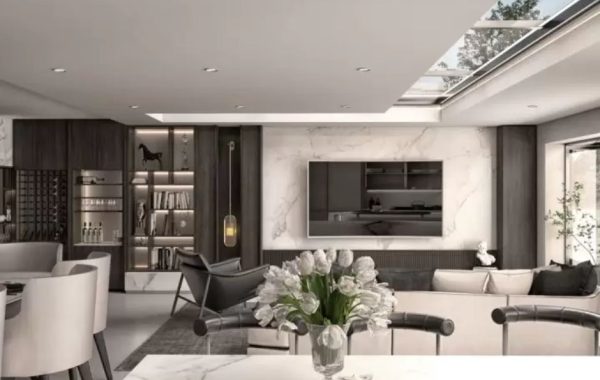
External Wall Insulation: Explained Cost, Advantages, and Disadvantages
Solid walls have been central to UK architecture since the late 18th century. However, by the 1930s, cavity walls became predominant due to their energy-efficient design. As of 2025, 71% of homes in Great Britain have embraced cavity wall insulation, while only 10% of homes with solid walls have been insulated—a stark reminder of the need to modernize insulation practices.
External Wall Insulation (EWI) is more than a necessity—it’s a significant upgrade. It can save up to 50% on energy bills, improve thermal comfort, and increase building longevity, while also reducing your carbon footprint.
What is External Wall Insulation?
EWI involves adding layers of insulation to the outer surfaces of solid walls, using materials like expanded polystyrene, cork, or mineral wool. These layers are secured with protective coatings, which can increase the wall’s thickness by up to 100mm.
Types of Walls That Require Insulation
- Solid Walls: Homes built before the 1920s often require EWI.
- Cavity Walls: Typically built after the 1930s, cavity walls may not need insulation except in specific cases like narrow cavities or extreme weather exposure.
- Traditional Walls: Stone or timber-framed homes can benefit greatly from external insulation.
Before proceeding, identifying the type of wall in your property is crucial. Studio20 Architects can assist with evaluations and recommendations for tailored solutions.
Contact Studio20 Architects for a wall assessment
Costs and Savings
While EWI involves upfront costs, it delivers long-term savings:
- Mid-floor flats: Save £200/year.
- Two-bedroom bungalows: Save £280/year.
- Three-bedroom mid-terrace homes: Save £250/year.
- Semi-detached houses: Save £430/year.
- Detached homes: Save £700/year.
Factors Influencing Costs
- Materials: Choices like rigid insulation boards, mineral wool, or foam boards significantly impact costs.
- Location: Installation costs vary, with London and southern regions often being higher.
- Labour: Complexity, building size, and inspections affect total costs.
Advantages of External Wall Insulation
- Energy Efficiency: Reduces bills by up to 50%.
- Carbon Footprint Reduction: Sustainable and eco-friendly.
- Moisture Control: Prevents dampness even in heavy rain.
- Property Value: Increases house value by up to 12%.
- Noise Reduction: Effective sound insulation.
- Year-Round Comfort: Uniform indoor temperatures.
Challenges (Disadvantages)
While the benefits outweigh the challenges, here’s what to consider:
- High Initial Cost: Government grants help mitigate expenses.
- Appearance Changes: External finishes may alter aesthetics.
- Temporary Disruption: Installation may impact daily routines.
Grants for External Wall Insulation
- ECO Scheme: Offers free or low-cost insulation depending on annual income and property type.
- Great British Insulation Scheme: Awarded to homes with high EPC ratings.
- Affordable Warmth Scheme: Applicable for Northern Ireland residents earning less than £23,000/year.
Why Studio20 Architects?
At Studio20 Architects, we specialize in evaluating wall types, recommending appropriate insulation materials, and delivering seamless installation projects. Our experts ensure your insulation meets your home’s specific needs while maximizing energy efficiency and longevity.
Contact us today for tailored insulation solutions




